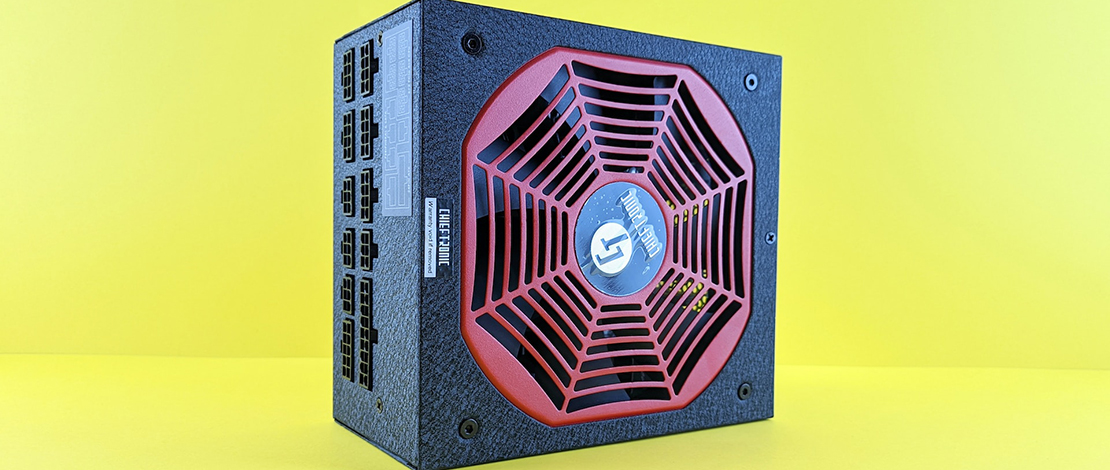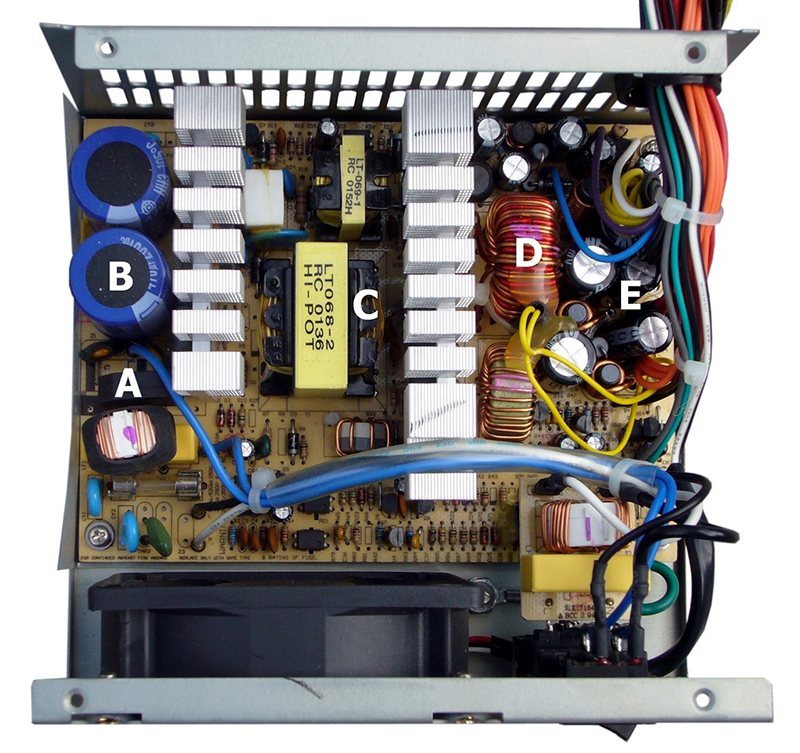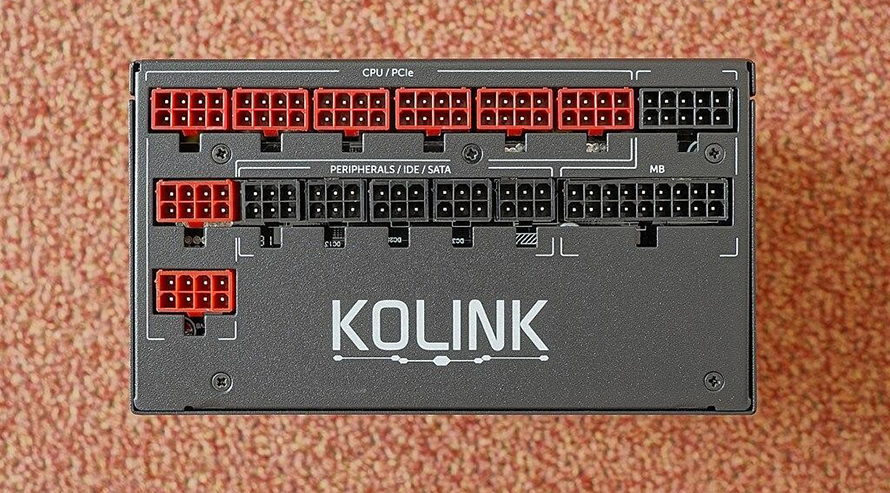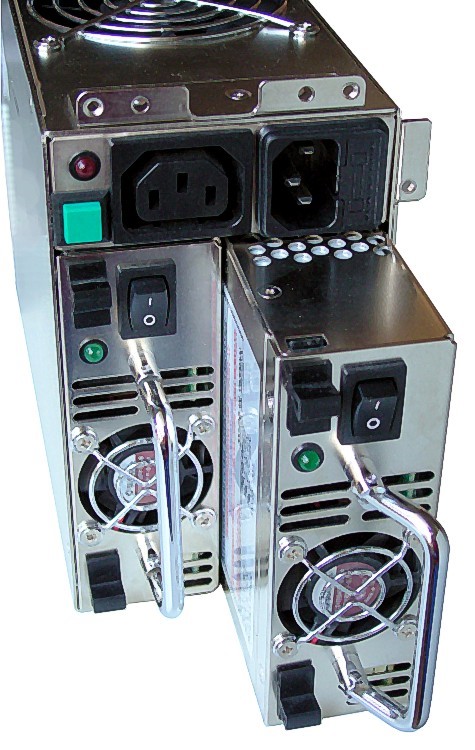Signs and Symptoms of a Dying Power Supply

When a PC part is acting up, there are usually a plethora of symptoms that can tell you in which direction to look. One of the often overlooked parts is the power supply. The power supply can cause major damage to the entire system if it’s dying or faulty.
Once your computer starts acting up and you’ve no idea which component could be the culprit, it might be time to check whether your power supply is the issue. Following are the symptoms to look out for, as well as additional information that can help you in troubleshooting a possibly faulty PSU.

Parts of a power supply:
- A: Bridge rectifier
- B: Input filter capacitors
- C: Transformer
- D: Output filter coil
- E: Output filter capacitors
- Between A & C and C & D are in order, heatsinks of high-voltage transistors and low-voltage, high-current rectifiers
Symptoms of a Dying Power Supply

A typical modern, fully modular power supply. Image source: PantheraLeo
The first thing to pay attention to, if you suspect that your power supply is faulty, is whether your computer suddenly turns off when under stress. There are many false positives and possible overlaps with other components failing, but a sudden shutdown is one of the giveaways.
The other culprits, in that case, could be either the CPU or the graphics card, particularly if they’re overheating and triggering the thermal protection, which varies from component to component, but the hard limit is almost never over 110 degrees Celsius.
Look out for the following signs:
Random Shutdowns With No Explanations
There is almost nothing as telling as a random shutdown without any explanation, particularly if you are sure that the graphics card and CPU weren’t near their thermal protection limit. There are other scenarios, often false positives, which could trigger random shutdowns, such as:
Power Supply Overcurrent Protection
This can happen with modern components, particularly graphics cards if the PSU wasn’t meant to handle transient spikes. Some graphics cards can pull upwards of 800W of power within a portion of a second, thus triggering the overcurrent protection.
Note that this isn’t a sign of a faulty power supply, but the opposite, one that’s doing its best to protect your PC and itself from failure. It is just underpowered for the scenarios you are running.
Graphics Card and CPU Thermal Protection
These are common if you haven’t replaced your thermal paste in a very long time, or if the coolers haven’t been properly mounted. Bad mounting pressure could easily lead to huge temperature increases.
Keeping your case clean of dust is a must. Airflow plays a vital role so make sure that your coolers, whether air or water, are clean and that air can freely move through the case. There is also a possibility that a combination of a bad overclock and/or underpowered cooling solution, and they should be ruled out before passing judgment on the power supply.
The PC Isn’t Turning On
If your computer doesn’t want to turn on, you could look at the power supply, especially if you have recently seen odd behavior such as freezes or random shutdowns. This is one of the more certain signs that the PSU is not working.
Testing includes swapping it for a different power supply or taking a closer look at the power switch. Bad power switches on the case are known to stop working, sending you into a world of testing and diagnosis.
Also, make sure that the power is on, both from your extension cord if it has a switch, and at the power supply.
PSU Overheating
If the power supply is reaching unpleasant temperatures, to the point of hurting you on touch, then it’s definitely strained or broken. Underpowered or inefficient power supplies can run hot. PSU efficiency plays a role in choosing the right one for your build, however, it is also a powerful marketing tool, one which you shouldn’t buy into blindly.
Unstable System/Lighting
PC components need a stable supply of voltage, 3.3V, 5V, and 12V. Any major fluctuations in the voltage will send the PC into a frenzy, whereupon it can be unstable, crash, or display a light show.
Any of these things could be signs your power supply is dying. Instability itself does not point to the PSU, but if the lights start misbehaving, you might want to consider it being an issue.
Smoke or Bad Smells
If there is any smoke or bad smells, also known as “magic smoke” coming from your PC, notably the PSU, then it’s time for a replacement. You don’t want a fire hazard. As soon as you smell something burning within your computer, it’s time for a component change.
Random BSODs
The famous Blue Screen of Death, as you will find it on Windows, is a known error when there’s a catastrophic system error, which can be caused by almost any component, including the PSU. Such freezes and crashes could be a sign of a power supply going bad, but it could also be any other component.
If an error code is displayed on the blue screen, it can point you towards the malfunctioning component. It could very well be a bad overclock of any of the overclockable components.
Noisy Power Supply
If there’s a lot of noise that is not expected, such as fan noise, coming from the PSU during load, you might want to replace it. Gaming can put a lot of strain on your PSU, especially with modern unoptimized AAA games.
If your PSU is under warranty, you might want to change it.

Industrial, server-class power supplies are always redundant, so in case one fails, the other takes over seamlessly. Image source: Smial
Typical PSU Test Methods
Unless very hot, making odd noises, producing bad smells, or otherwise showing obvious signs of faultiness, here is how to tell if your power supply is dying:
- Check whether the power cable is bad
- Check whether the PSU is turned on
- Check all the power connections on the main components, particularly the motherboard, CPU, and graphics card
- Check for bad overclocks or other faulty components (there are various stress tests for each component, CPU, graphics card, and RAM)
- If all the components tested well, it could be a bad system drive, or a bad motherboard
- If everything seems healthy, perhaps it’s time to contact a professional
Conclusion – Faulty PSUs Are (typically) Easy to Spot
Power supplies often stop working completely or the entire computer does, on account of that. In case there are any doubts, look at some of the possible symptoms above and try to test the system.
Under no circumstance should you try to open and poke inside a power supply. That is something best left to the manufacturer or certified professionals. If it is faulty, purchase a new one or get a replacement if it is under warranty.